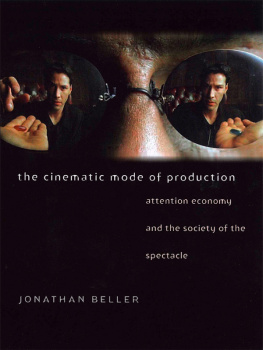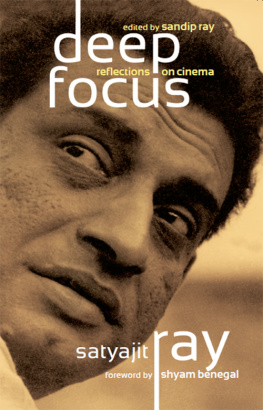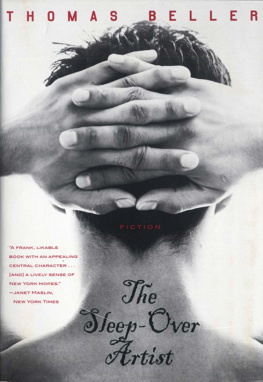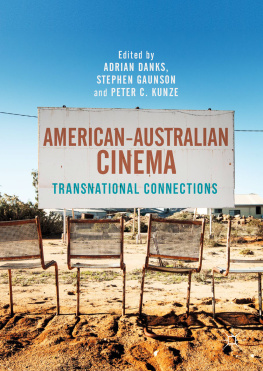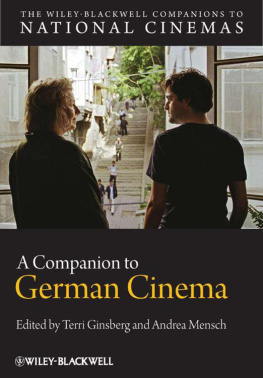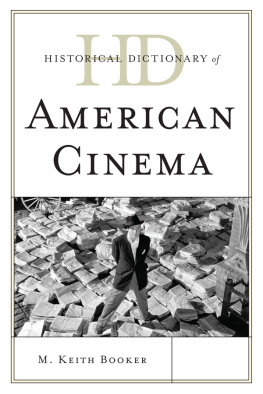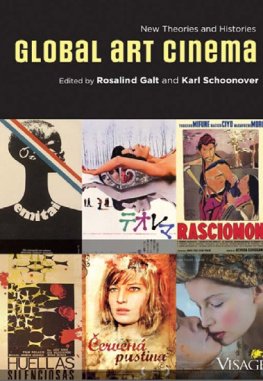ABBREVIATIONS
| MM | Regis Debray, Media Manifestos, trans. Eric Rauth (London and New York: Verso, 1996) |
| FFCP | Jacques Lacan, The Four Fundamental Concepts of Psychoanalysis, ed. Jacques-Alain Miller, trans. Alan Sheridan (New York: W.W. Norton, 1981) |
| Vertov | Dziga Vertov, Kino-Eye: The Writings of Dziga Vertov, ed. Annette Michelson, trans. Kevin OBrien (Berkeley and Los Angeles: University of California Press, 1984) |
| Grundrisse | Karl Marx, Grundrisse, in Karl Marx and Frederick Engels Collected Works, vol. 28 (Moscow: Progress, 1986) |
| Wurzer | Wilhelm S. Wurzer, Filming and Judgment: Between Heidegger and Adorno (Atlantic Highlands, N.J.: Humanities Press, 1990) |
| Writings | Sergei Eisenstein, Selected Works: Writings 19221934, vol. 1, ed. and trans. Richard Taylor (London: BFI Publishing, 1988) |
| CR | Ivan Petrovich Pavlov, Conditioned Reflexes, ed. and trans. G.V. Anrep (New York: Dover Publications, 1960) |
| SM | Frederick Winslow Taylor, The Principles of Scientific Management (New York: Norton Library, 1967) |
ACKNOWLEDGMENTS
Thanks, many of them belated, to the following people for helping to make this book: Fredric Jameson, Barbara Herrnstein-Smith, Kenneth Surin, Cathy Davidson, Ariel Dorfman, George Yudice, Edward Said, Ramn Saldivar, Jay Schecter, Denis Wood, Michael Diamond, Lucho Marcial, Kevin Dalton, Valerie Beller, Carlo Tadiar, David 3000GT VR-4 Thompson, Eva-Lynn Jagoe, Sara Danius, Stefan Jonsson, Cesare Cesarino, Saree Makdisi, Xudong Zhang, Richard Dienst, Mark Simpson, Michael Hardt, Rebecca Karl, Eleanor Kaufman (tee-hee), Renu Bora, Imre Szeman, Sandy Swanson, Priscilla Lane, Joan McNay, Gail Hammer, Sandy Mills, Jose Muoz, and Brian Selskey. Also to Vicente Rafael, Sean Cubitt (thank you, Sean!), Christopher Connery, Gopal Balakrishnan, Gail Hershatter, Jennifer Gonzalez, Warren Sack, Jody Greene, Anjali Arondekar, Lucy Burns, Gina Dent, Angela Davis, Jim Clifford, Nobi Nagasawa, Carla Freccero, Rob Wilson, Paul Bov, Donald Pease, Jonathan Arac, Meg Havran, Wimal Dissanayake, Brian Massumi, Michael Hardt, Eyal Amiran, John Unsworth, Steven Shaviro, Sheila Peuse, Nicholas Rhombes, Hugh Culik, Wayne Lesser, Lisa Parks, Jon Simons, W.J.T. Mitchell, James Elkins, Chip Lord, Maggie Morse, Cathy Soussloff, Bill Nichols, Judith Butler, Toni Oliviero, May Joseph, Jim Elledge, Paul Narkunas, Ethan Spigland, Suzie Verderber, Sameetha Agha, Amy Lesen, Miriam Greenberg, Ann Holder, Amy Guggenheim, Edel Garcellano, Manny Garibay, Elmer Borlongan, Ellen Paglinauan, Ivan Zatz-Diaz, Roland Tolentino, Hugh Raffels, Seth Goldstein, Coco Fusco, John Landrigan, Gloriana Russell, Sina Najafi, Edy Mcwilliams, Linda Holiday, Hal Lehrman, mom and dad.
My heartfelt and eternal gratitude to Nicholas Mirzoeff, without whose support this project would not have seen the light of day. And my thanks to Luna and Neferti, who not only inspire but bring joy to my days on Earth.
Chapter 1
Circulation
Dziga Vertov and the Film of Money
The spectacle is the other side of money: it is the general abstract equivalent of all commodities. Guy Debord, Society of the Spectacle
1. Seeing through Matter. De-reification. Cinemathe Fusion of the Objective and Subjective Dimensions of Production. Practical Activity as Thought-Forms.
The opening sequence in Dziga Vertovs 1929 film manifesto Man with a Movie Camera invites the audience into the theater. Magically, empty chairs fold open their seats, inviting us to sit. As we shall soon witness, the movie theater would be, for Vertov, the public sphere, a place for collective and democratic consciousness and hence democratic representation, and film would be the medium for such a possibility. The postulating of a significant role for cinema during the 1920s correctly suggests that the twenties was a period of radical transformation in both the nature and the function of the image. For Vertov, film is the technology that will provide the utopian inspiration and practical means for the arrival of socialism. For those of us on the other side (historically speaking) of the Soviet experiment, Vertovs film must take on a different significance. This significance is, in part, Vertovs provisions for the groundwork of a political economy of the visual.
Before turning to the possibility of a political economy of the visual suggested by Vertovs Man with a Movie Camera, let us examine the film closely. With this film, the audience experiences a journey through a day in the life of the city (an assemblage of Moscow, Odessa, and Kiev), but an unprecedented one made possible by the advent of cinema. This visual journey through the varied moments and activities comprising complex metropolitan life is very precisely a journey through the production and reproduction of social life in general. Whats more, it is a materialist visiona way of seeing through matter.
Enabling the journey through the citys self-production are a variety of cinematic techniques: acceleration, deceleration, double exposure, rapid montage, optical printing of single frames, shots of celluloid undergoing the editing process that are then intercut with that celluloid, and the use of still and mobile cameras. These techniques are regarded by Vertovs group, the kinoks, not as special effects but as necessary means for the representation of reality. In a technological extension of the senses, in the cinema the new capacities of film are fused to the eye, hence the name kino-eye or film-eye. Kino-eye marks a cybernetic suturing of human and machine, of corporeality and industrialized perception. The organicity of machines, as well as the machinic organization of human beings, will be rendered in and as cinema.
Vertov uses the cinematic machine to assemble the movement of matter in such a way that this movement becomes precisely the consciousness of material relations. As Annette Michelson has suggested in her invaluable introduction to Vertovs Kino-Eye, this journey through matter is the cinematic equivalent of Marxs The German Ideology. She deftly argues that in Man with a Movie Camera, Vertov take[s] or reinvent[s] The German Ideology as his text, for he situates the production of film in direct and telling juxtaposition to that other particular sector, the textile industry, which has for Marx and Engels a status that is paradigmatic within the history of material production. She continues:
Now it is Vertovs positioning of film-as-production within the cyclical and parallel structure of his cinematic discourse and his insistence on the simultaneous and related revolutions of the wheels of industry and transportation and of the cranks and spindles of the filmmaking apparatus that establishes the general relation of film production to other sectors of labor. (Vertov, xxxviixxxviii).
Cinema is a productpart of the emergent consciousness of industrial society.
Using cinematic techniques to show myriad places and temporalities consecutively or even simultaneously in order to find the resultant force amongst the million phenomena related to [a] given theme (Vertov, 88), Vertov foregrounds the movie camera as the condition of possibility for the production of a new moment in the history of the understanding of social Cinema is seen as an extension and indeed as a completion of the general logic of socio-industrial production. The cinematicity of production in general is realized as cinema and it is cinema that confers self-awareness upon a humanity embroiled in and scaled by industrialization.

